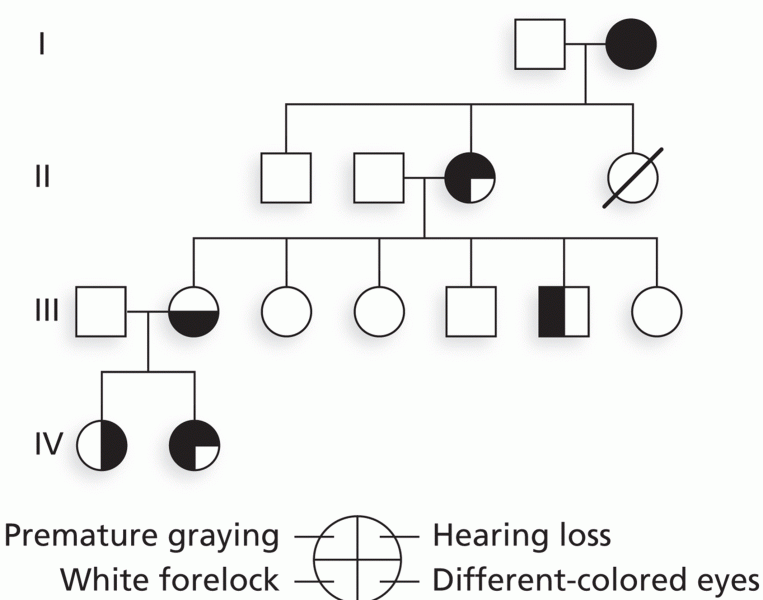Answer to Question 1
Correct Answer: 3
Rationale 1: This is not the reason this medication is prescribed for a client with Cushing syndrome.
Rationale 2: Cushing syndrome is not caused by an intra-adrenal infection.
Rationale 3: Ketoconazole rapidly blocks the synthesis of glucocorticoids, lowering serum levels. It is considered an antiadrenal agent and is the drug of choice for clients with Cushing disease needing long-term therapy.
Rationale 4: This is not the reason this medication is prescribed for a client with Cushing syndrome.
Global Rationale: Ketoconazole rapidly blocks the synthesis of glucocorticoids, lowering serum levels. It is considered an antiadrenal agent and is the drug of choice for clients with Cushing disease needing long-term therapy. It does not prevent or treat infection. Cushing syndrome is not caused by infection. The patient is not receiving the medication for a fungal infection, however it is used for that purpose as well.
Answer to Question 2
Correct Answer: 4
Rationale 1: Respiratory rate is not affected by the lack of aldosterone that leads to the need for mineralocorticoid replacement therapy.
Rationale 2: Body temperature is not affected by the lack of aldosterone that leads to the need for mineralocorticoid replacement therapy.
Rationale 3: The pulse rate is more likely to rise in a client requiring mineralocorticoid replacement therapy.
Rationale 4: Clients requiring mineralocorticoid therapy typically have a lack of aldosterone. Aldosterone is the primary hormone regulating sodium and potassium in the body. Losses of aldosterone generally result in a drop in blood pressure and a rise in pulse.
Global Rationale: Clients requiring mineralocorticoid therapy typically have a lack of aldosterone. Aldosterone is the primary hormone regulating sodium and potassium in the body. Losses of aldosterone generally result in a drop in blood pressure and a rise in pulse. The pulse rate is more likely to rise in this client. Respirations and body temperature are not directly affected.







